We’ve loved superheroes for decades. They’re iconic characters created to entertain and inspire, and both comic book versions and movie adaptations have become a big part of popular culture. Let’s look at the history of adapting comic books into films, with plenty of examples from this rapidly expanding genre.
Comic books: A quick history



The idea of illustrated storytelling has occurred through the ages in one form or another, all over the world. Its major roots were in propaganda and political cartoons, but the first publication to do this in a mass-produced way is considered to be the Glasgow Looking Glass in 1825. Published every two weeks, it was an example of ‘topical graphic journalism’.
Comics became popular in the 1930s, particularly in 1938 with the creation of Superman, though he’s not actually the first character created with a costume. The Phantom preceded Superman by two years and wore a bodysuit, stripy shorts, a hood, and a mask. After Superman, the era would become known as the ‘Golden Age of Comic Books’ as characters like Batman, Captain Marvel, and Wonder Woman appeared in the following years. This lasted until the ‘50s, and much of the love for these characters came out of them being seen as symbols of hope and justice, which particularly resonated with people in the Great Depression and during and after the Second World War.
A side note: Comic books vs. comic strips
These terms are sometimes used interchangeably, but comic strips and comic books are different things. A comic strip is usually something that appears in serial form in a magazine or newspaper, whereas books are independently published and much longer. This becomes important when talking about ‘firsts’ because it’s hard to narrow down exactly which adaptation was ‘first’ unless you caveat it half to death.
Comic book heroes: Transition to screen



The visual nature of comics and their compelling stories mean they were always going to be great for adaptation into films, and this allowed characters and their adventures to reach a wider audience.
Comics were made into cartoons quite quickly, and some were adapted into TV or film serials, including Adventures of Captain Marvel in 1941 and Superman in 1948. Batman (1966) starring Adam West was a cinematic version of the already-popular TV series. This Batman was a little more camp and colourful than the Batmans (Batmen?!) we’d come to know.
One of the first major (and popular) superhero films was Superman in 1978, and this set out the stall for the potential of comic book adaptations.
Early adaptations
Early adaptions of comic books to films and TV shows were limited by technology and budget. Despite these constraints, several notable productions paved the way for the superhero genre.
Superman (1978): Richard Donner
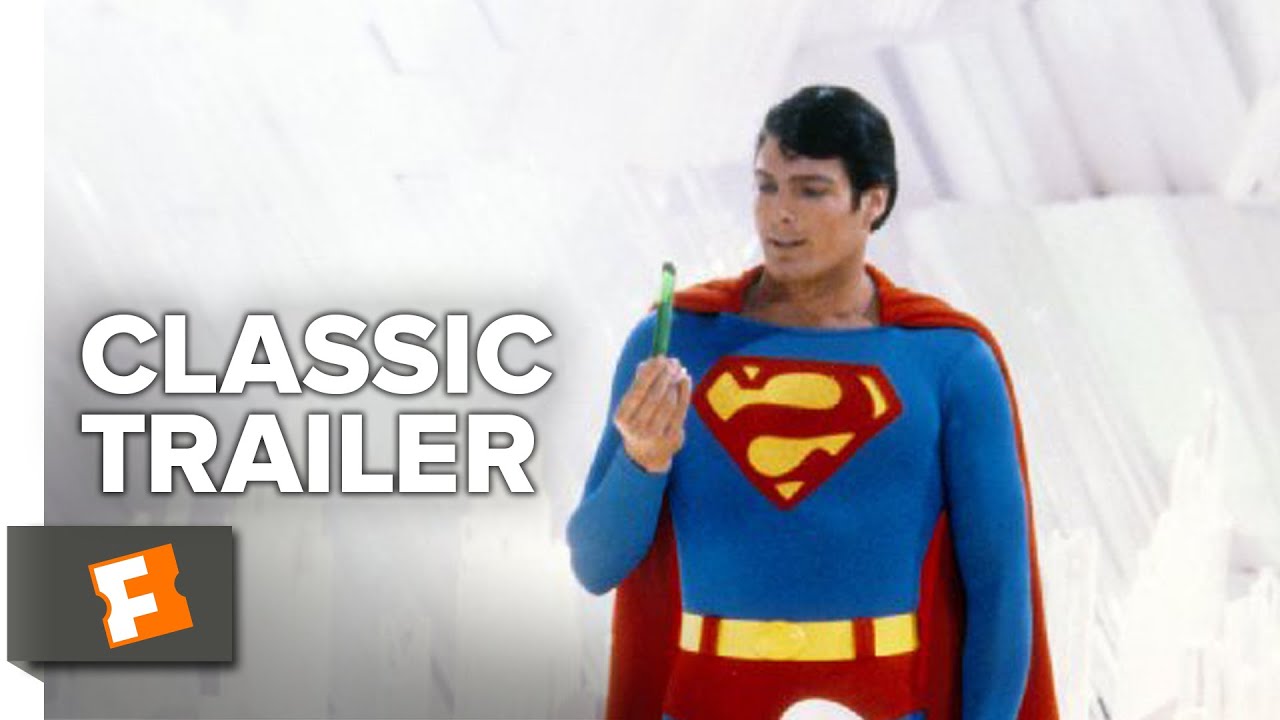
Superman was considered ground-breaking, mostly because of special effects like flying sequences and practical effects that showed off Superman’s powers. It also set out an origin story for Superman, including his birth on Krypton and upbringing in Smallville. The score by John Williams was a hit and quickly became synonymous with the hero. It’s been used in one way or another for most Superman films since.
Batman (1989): Tim Burton
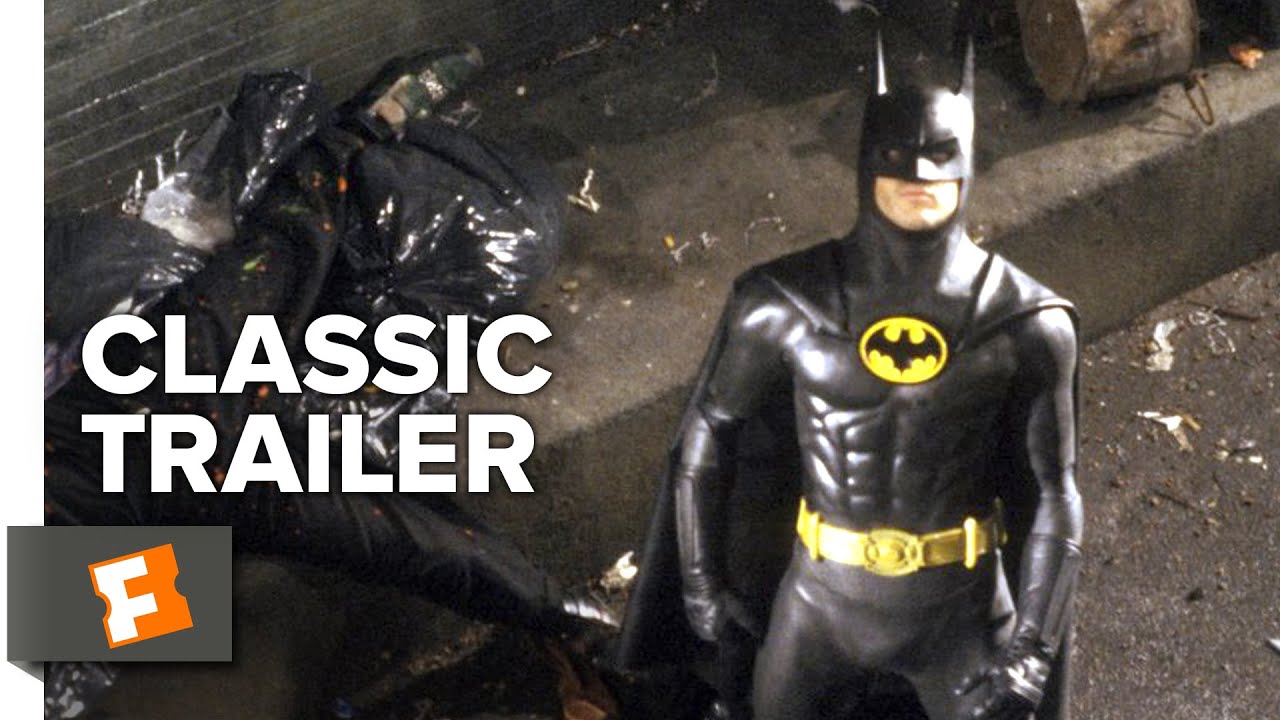
Batman, starring Michael Keaton, was a darker, more gothic take than previously, with Burton’s Batman as a more complex character. Burton’s Gotham City included a lot of Art Deco influences, which gave it a lot of style and made it feel timeless. The tone was also different from its predecessors, so it appealed to a more mature audience, especially with Jack Nicholson’s performance as The Joker.
The rise of modern superhero films
The early to mid-2000s saw advancements in GCI and also a growing appreciation for comic books and graphic novels, so the film adaptations came thick and fast.
X-Men (2000): Bryan Singer
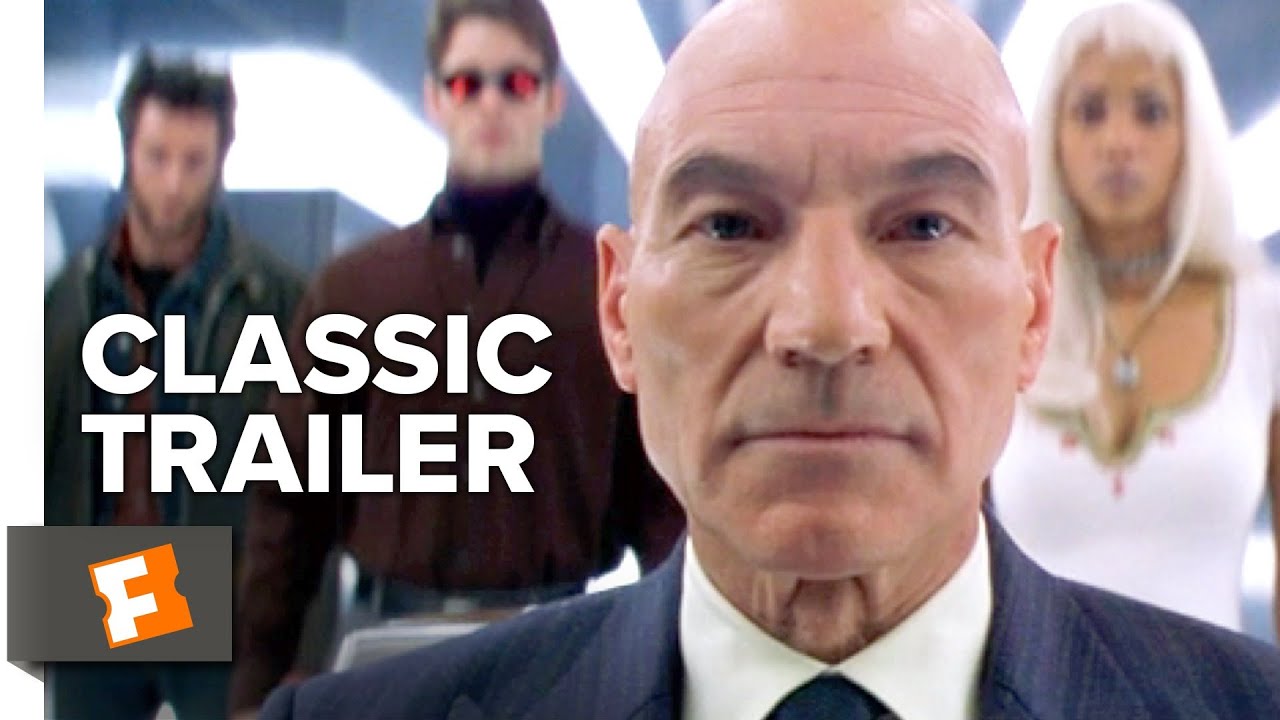
X-Men was a critical and commercial success, touching on themes of prejudice, identity, and acceptance. It also has a nice balance of drama, action, and humour. Hugh Jackman’s Wolverine became a fan favourite and led to numerous sequels and spin-offs. The film itself also led to a bunch of spin-offs, sequels, and reboots.
Spider-Man (2002): Sam Raimi
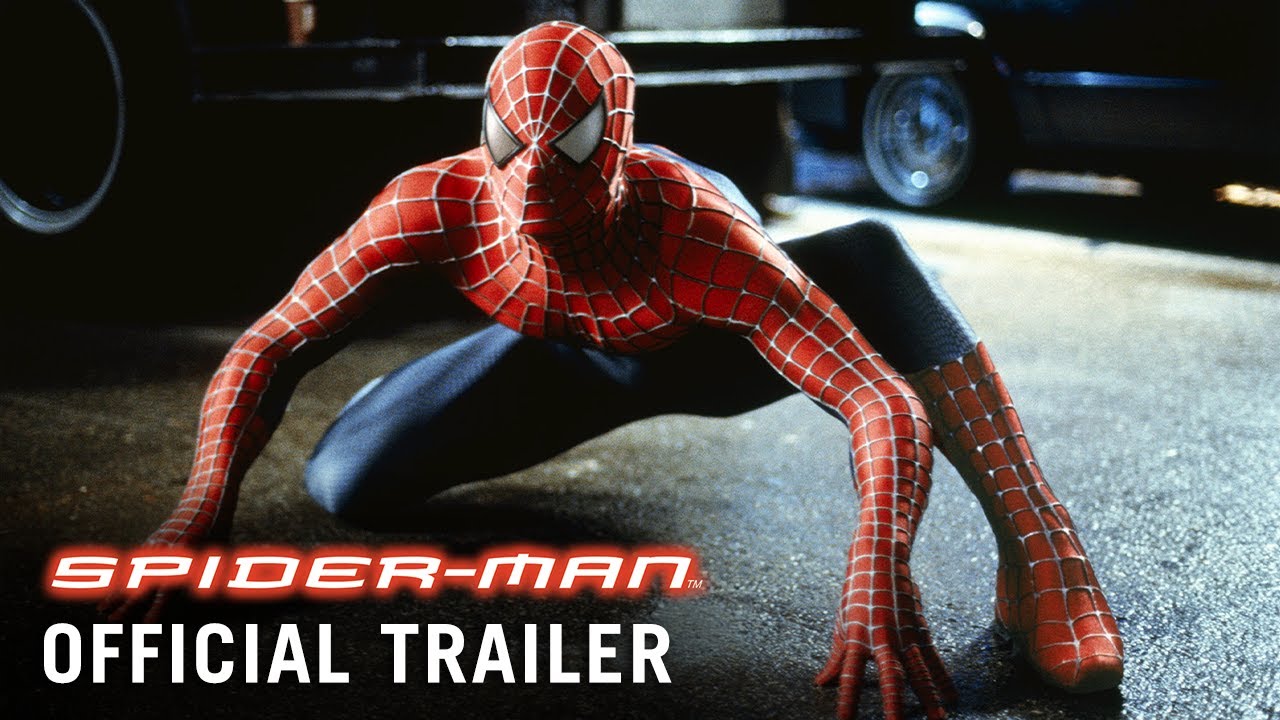
Spider-Man combined some awesome special effects with a heartfelt story. This film was an introduction to Spider-Man, how he gets his powers, and ultimately how he ends up fighting crime.
The Dark Knight Trilogy: Christopher Nolan
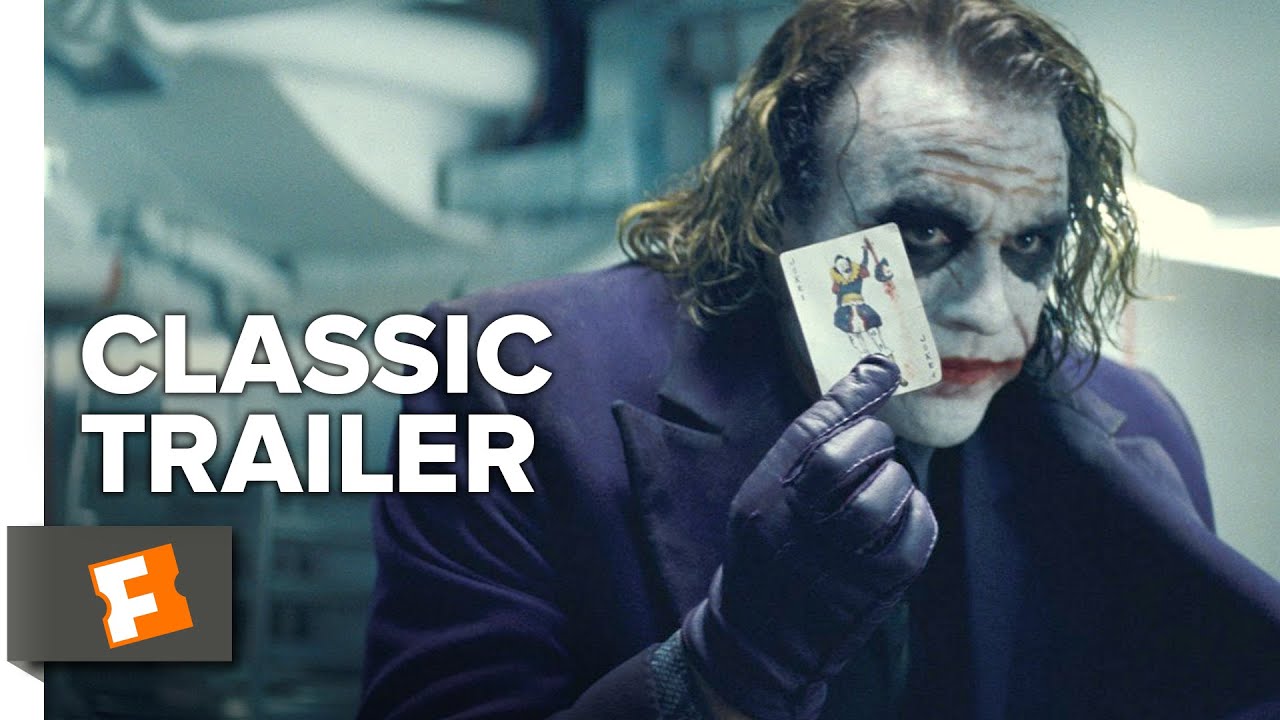
With Batman Begins, the Dark Knight Trilogy kicked off another Batman portrayal, this one with a focus on gritty realism. Fear, chaos, and redemption were the focus of these three films. Heath Ledger, who played The Joker, won a posthumous Oscar (Best Supporting Actor) for his performance in The Dark Knight (the second in the trilogy), and the film was nominated for Best Picture, showing the potential for superhero films to get critical success.
The Marvel Cinematic Universe (MCU)
The launch of the Marvel Cinematic Universe (MCU) in 2008 with Iron Man was a turning point for the superhero genre. The interconnectedness of the subsequent films created an unprecedented (and sometimes very frustrating) cinematic experience. We’ll go into more detail about cinematic universes in an upcoming article, but here are some of Marvel’s biggest hits.
Iron Man (2008): Jon Favreau
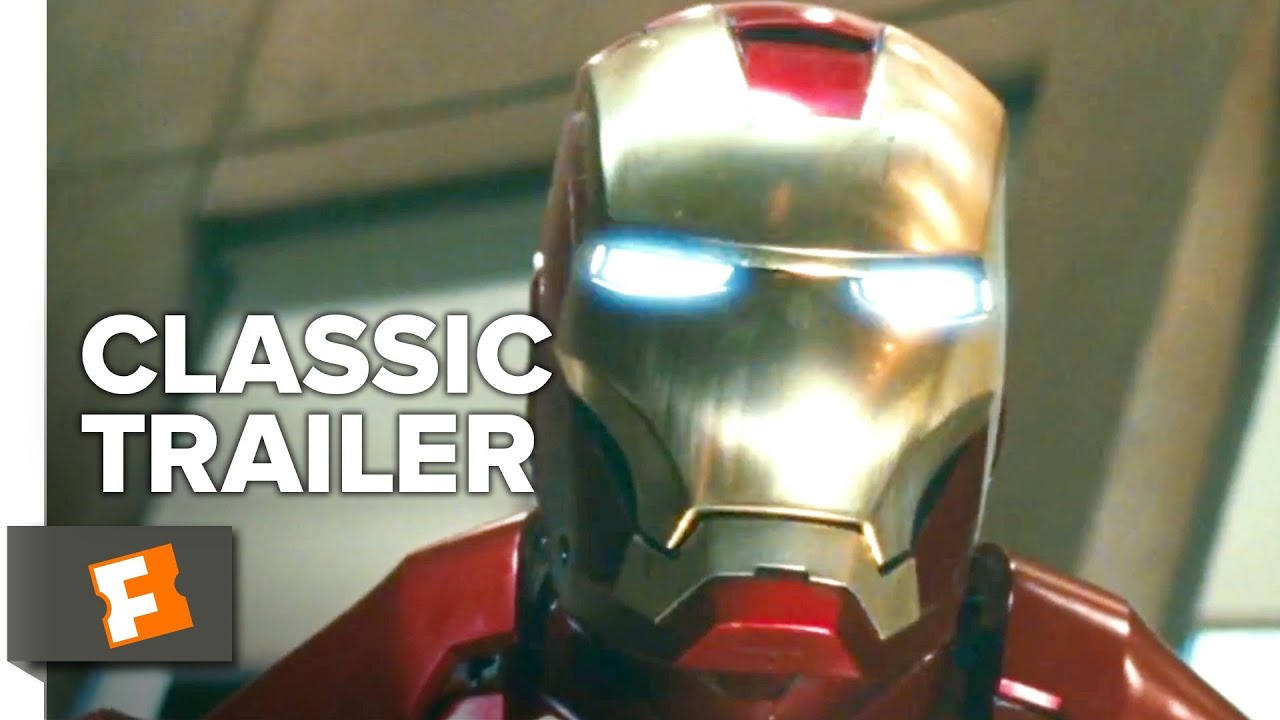
Robert Downey Jr. was popular as Iron Man from the start, giving a charismatic and darkly humorous performance. In a similar vein to Batman, Iron Man has no actual powers but creates his own ‘power’ through his technological advances. The film’s post-credits scene, featuring Samuel L. Jackson as Nick Fury, hinted at a larger universe.
The Avengers (2012): Joss Whedon
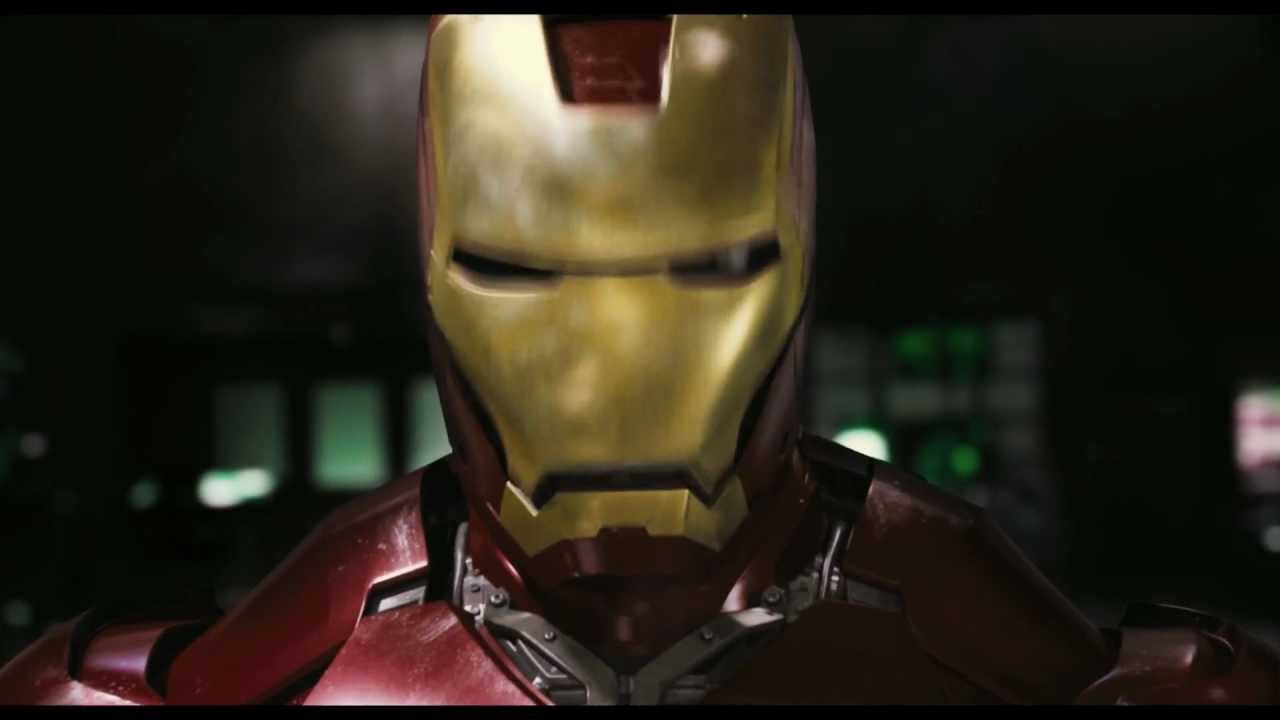
The Avengers brought together Marvel’s biggest heroes in an ensemble cast who all had their own backstories and spin-off movies. It was the first major film to successfully do this, and the balance of screen time and character development worked really well. The characters were a real hit thanks to their interaction and chemistry. The Avengers got its own sequels but also led to a boom of similar projects across other franchises, like Justice League and X-Men: Days of Future Past.
Guardians of the Galaxy (2014): James Gunn
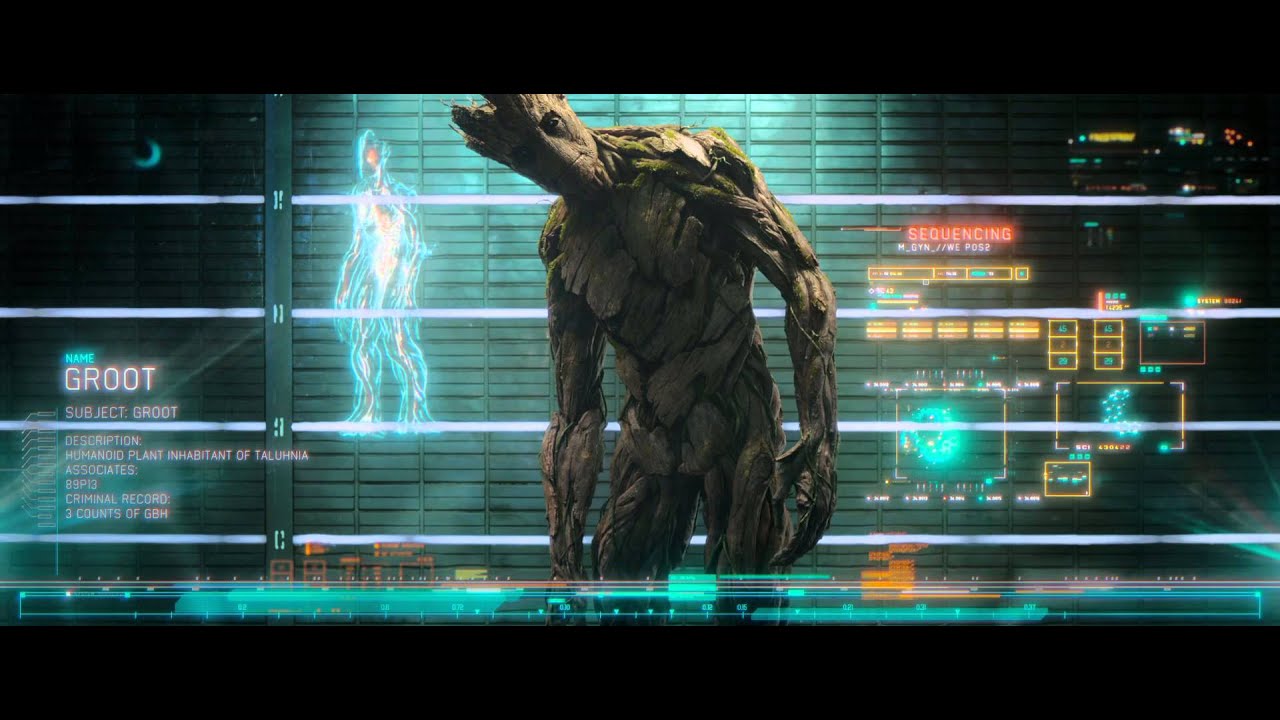
Guardians of the Galaxy was an introduction to a lesser-known team of cosmic misfits, with a nice blend of humour and action, and it boasted an iconic soundtrack. It expanded the MCU even further and was a commercial hit, bringing in over $770 million worldwide.
Black Panther (2018): Ryan Coogler
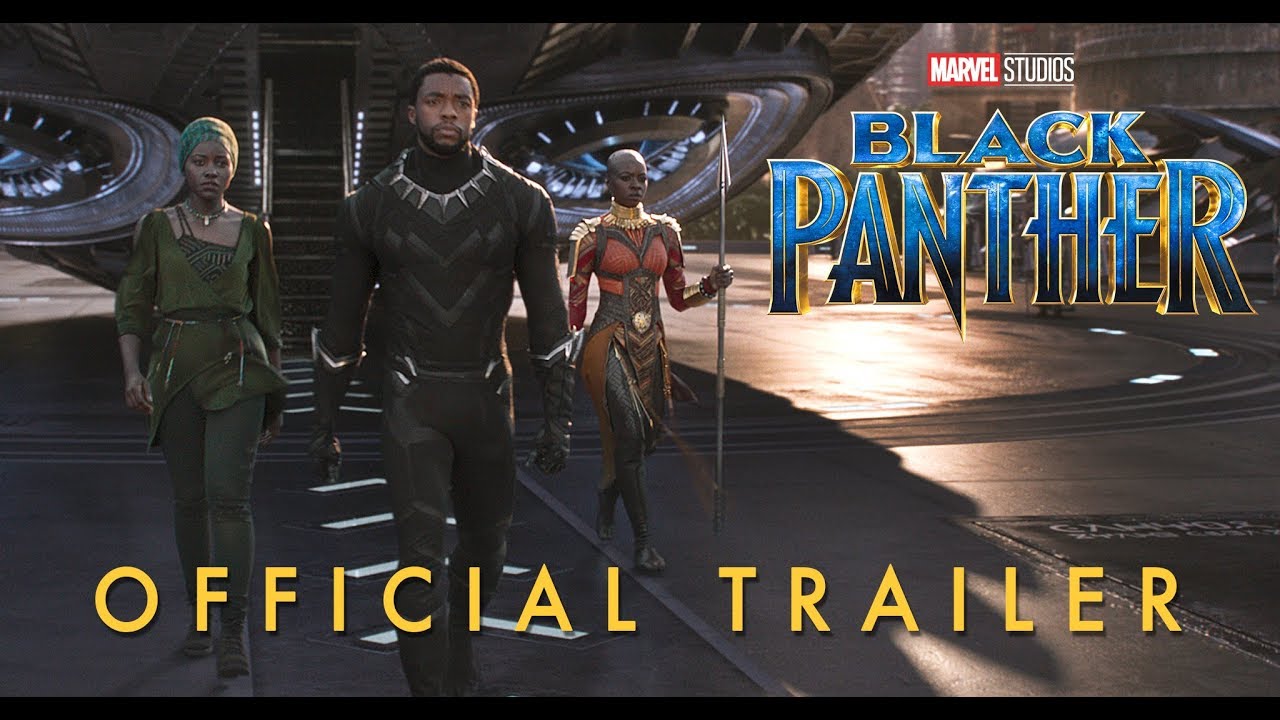
Black Panther is the first Black superhero for Marvel comics, and the film’s success at the box office showed the importance of diversity and representation in superhero films. Chadwick Boseman’s portrayal of T’Challa/Black Panther was a big hit with the fans, and sadly, one of his last films as he died in 2020 at the age of 43.
The DC Extended Universe (DCEU)
The DC Extended Universe (DCEU) was Warner Bros.’ response to the MCU bringing together their superheroes into interweaving narratives.
Man of Steel (2013): Zack Snyder
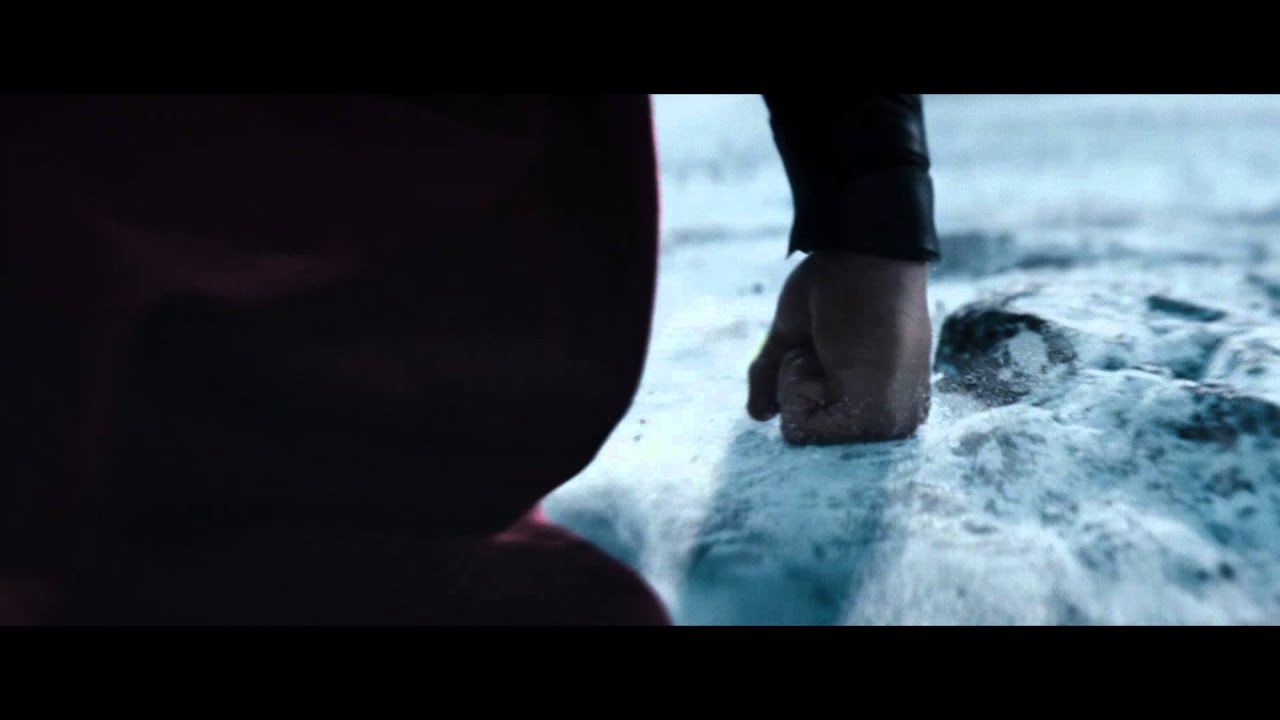
Man of Steel reintroduced Superman to a new generation with a more grounded and introspective take on the character. This film was the catalyst for the DCEU, with a slightly less saturated and more sombre tone than previous Superman incarnations. Although it was a commercial success, Man of Steel got mixed reviews from critics and fans.
Wonder Woman (2017): Patty Jenkins

The first major superhero movie to feature a woman lead, Wonder Woman was a significant step in gender representation. It was, overall, a very successful film, doing well at the box office but also garnering lots of critical acclaim. It’s just a shame the follow-up sequel was such a mess…
The impact of superhero films on popular culture



Comic book adaptations and superhero films have more than just a box office impact; they’ve also shaped popular culture, including fashion, merch, and even academia! The success of superhero films has also led to an increased interest in comic books and graphic novels.
Superheroes as modern myths
Superheroes embody ideals and values that hit home with audiences. Superman and Captain America, for example, represent hope and justice, while Batman and Iron Man are more about themes of redemption and personal struggle.
Merchandise and fan culture
The popularity of superhero films has fuelled a thriving market for merchandise, including toys, clothing, and collectibles. Comic-Con and other conventions for fans provide a space for people to express their passion and creativity. Cosplay, which is dressing up as a favourite character, has become a huge part of fan culture.
Academic interest
Academics have studied the cultural, social, and psychological impact of superhero films. There’s research on everything from themes of masculinity to the violence shown in superhero films and even how watching a superhero film affects us as an audience. This alone shows the significance of superhero narratives in contemporary society.
The less-shouted-about adaptations
There are a lot of very well-known comic book heroes that have featured in film adaptations (sometimes again and again!), but there are some really great comic adaptations with a big fanbase that don’t get shouted about nearly enough.
Blade (1998): Stephen Norrington
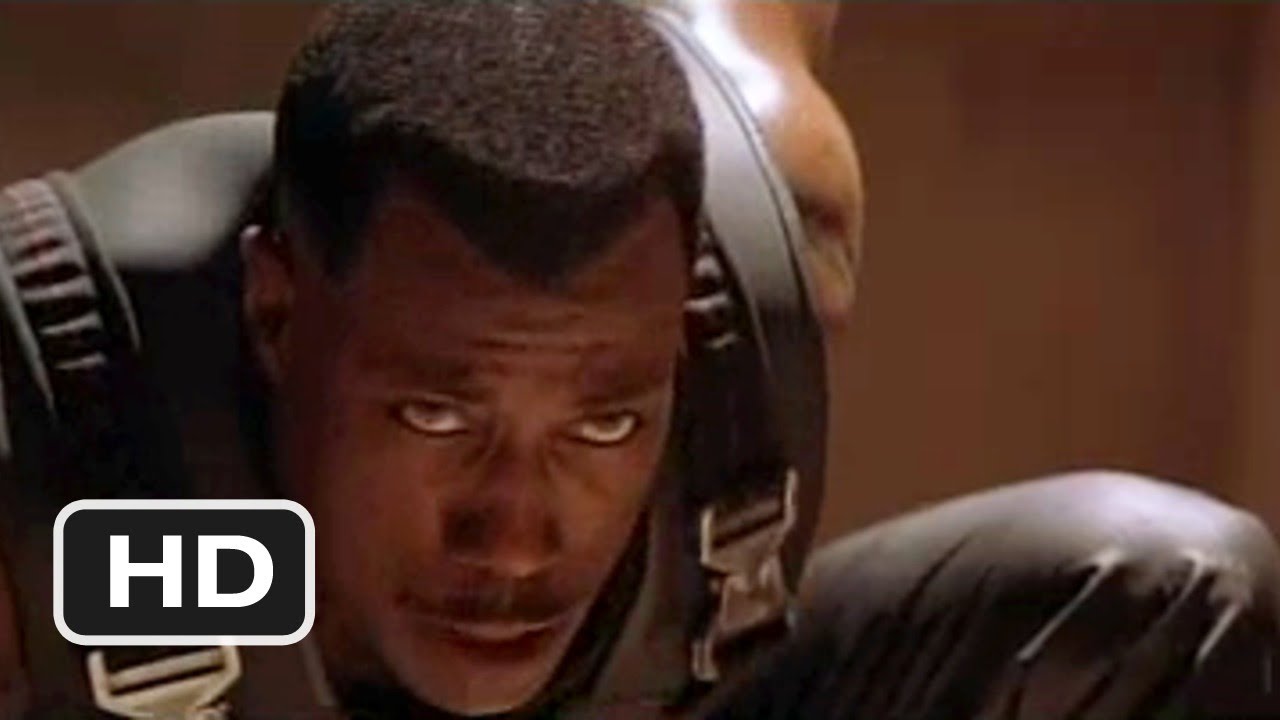
Blade was around before any of the commercially successful superhero adaptations really made a mark. Wesley Snipes stars as a half-vampire, half-human who hunts vampires. One big difference in Blade compared to other ‘hero’ comic-book films is that it was more violent and dark, with an R/18 rating.
Hellboy (2004): Guillermo del Toro
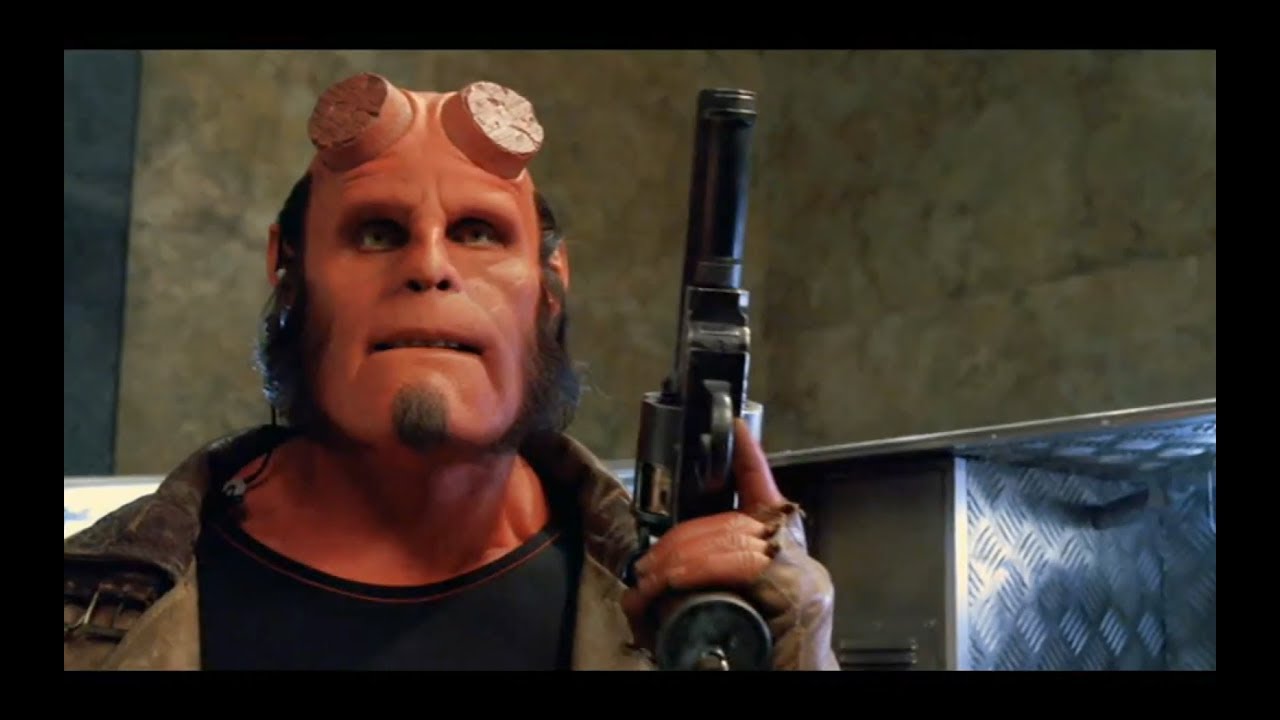
Starring Ron Perlman as Hellboy, the film combined supernatural elements with del Toro’s unique visual style. It wasn’t very successful commercially, but it did develop a cult following, meaning there was a sequel in 2008, and later, in 2019, a reboot.
Kick-Ass (2010): Matthew Vaughn
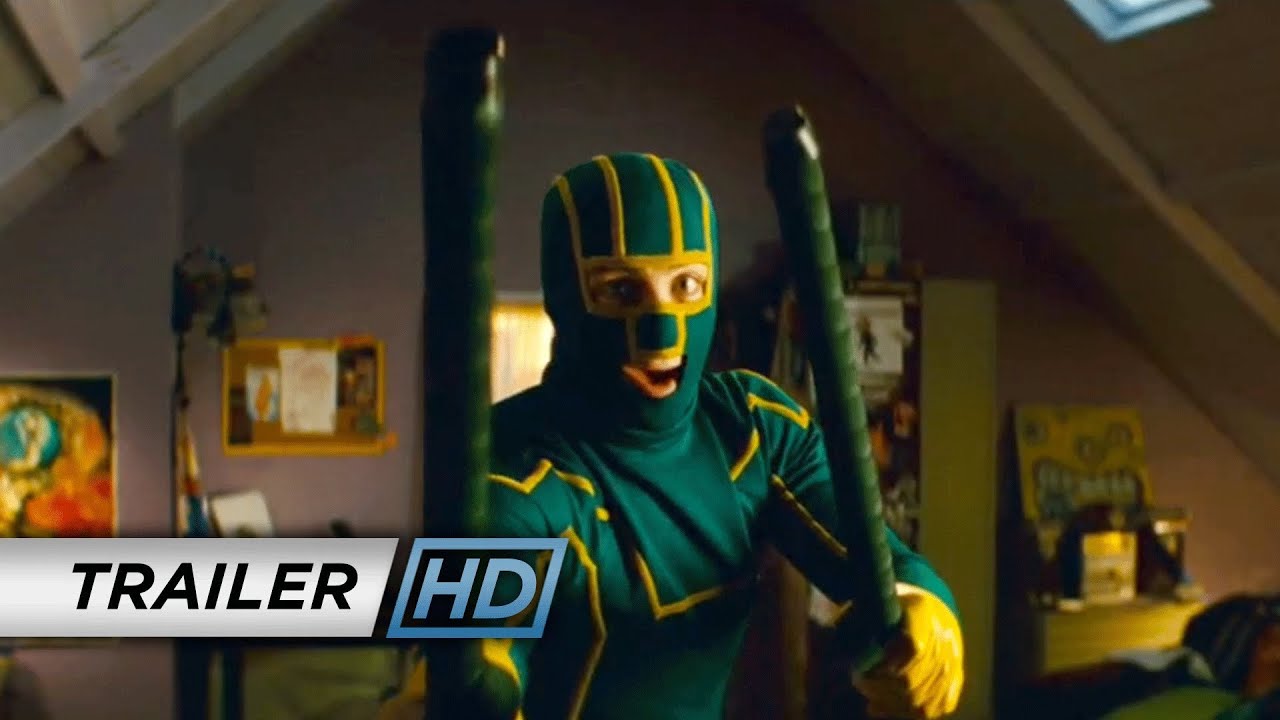
Kick-Ass flips the superhero genre on its head by following a teenager who decides to become a superhero despite not having any powers, being particularly strong, or having any real skills to speak of! The aesthetic is very comic-book style, and it’s a fun romp that spawned a sequel in 2013.
Conclusion
The evolution of comic book adaptations into superhero films, particularly the sheer volume of them, has shown how much these stories and characters appeal. Comic books have influenced so many parts of popular culture like fashion and collectibles, and they’ve been the subject of many academic studies.
Have they had their time, though? Some argue that the dominance of superhero movies in Hollywood is stifling creativity and diversity in filmmaking. From an audience point of view, there’s certainly a degree of fatigue about the constant rebooting of the same old characters without adding anything new, not to mention the investment in seeing every single film in one of the (now, many) universes… but that’s something we’ll save for another article!
More free film theory articles
About this page
This page was written by Marie Gardiner. Marie is a writer, author, and photographer. It was edited by Andrew Blackman. Andrew is a freelance writer and editor, and is a copy editor for Envato Tuts+.